A continent-spanning 50 countries with such diverse experiences and climates – it’s not surprising deciding on the best time to visit Europe can be challenging.
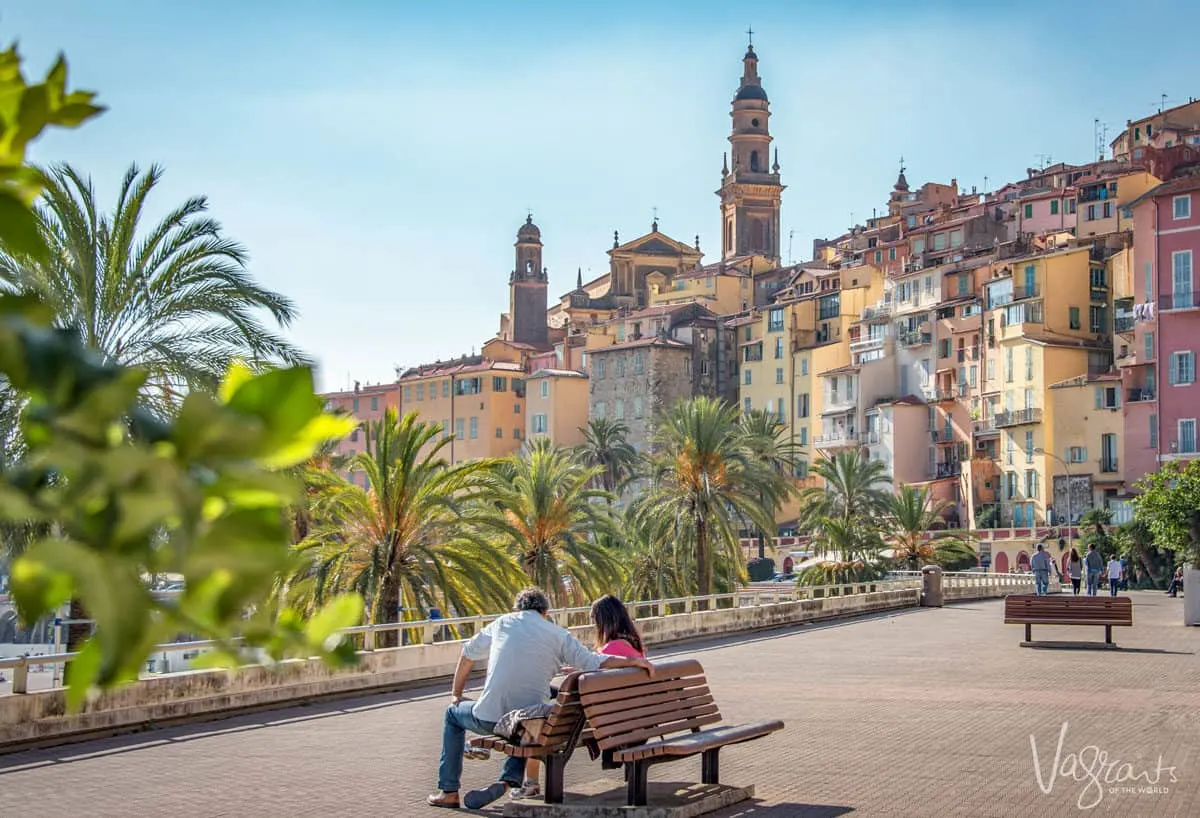
You may be planning to visit only one destination, or you’d like to tour all or part of the continent – when is the best month to visit Europe?
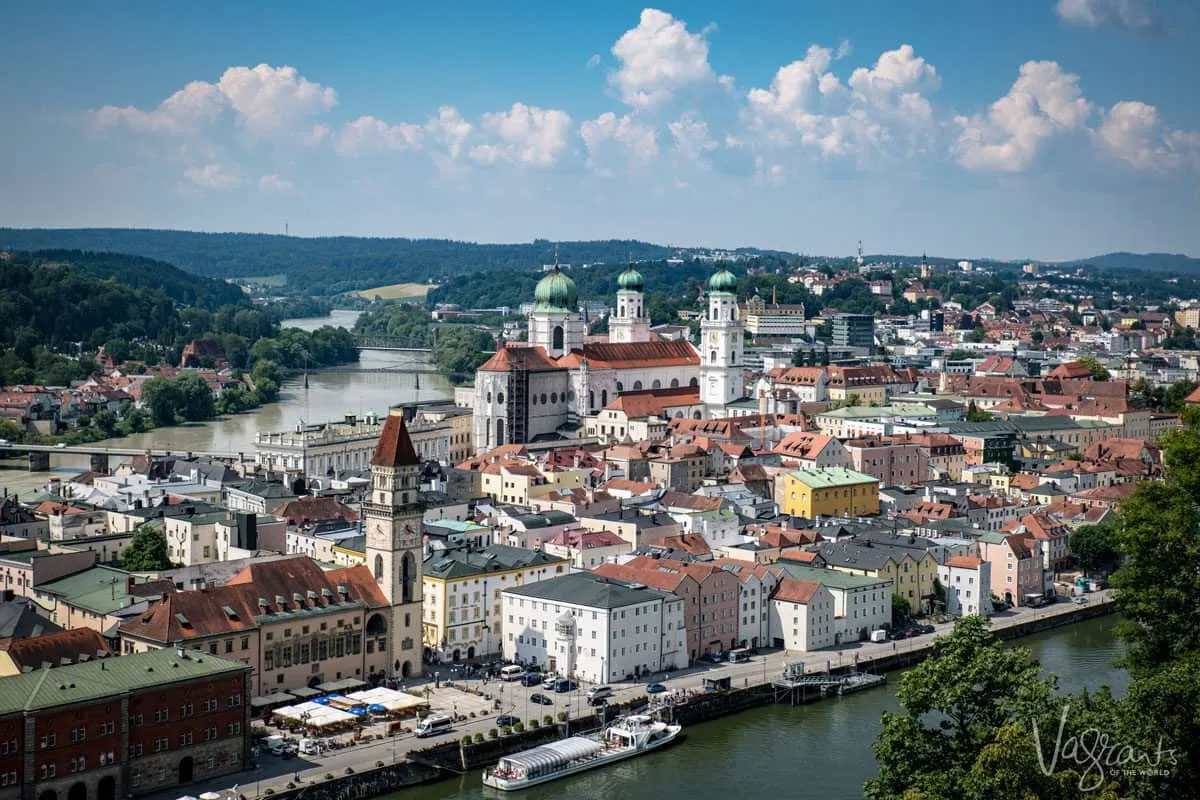
Best Time to Visit Europe
When planning your trip to Europe, there are a lot of considerations, including your itinerary, weather, and activities.
If you want to visit several countries with no specific weather-dependent activity in mind, the shoulder seasons are best. Between May and June and September and October, the weather is pleasant. Nearly everything will be open in seasonal destinations, and there will be fewer tourists as Europeans are not on holiday.
The Best Season in Europe
Europe continues to be a go-to travel destination all year round, so there’s no wrong time to visit Europe. There is a season to suit every personal preference. The seasons in Europe are the same for each country throughout the Continent, but not quite in the same way.
Countries in the south of Europe such as Greece, Spain, and Portugal experience warmer summers and milder winters. Countries in the north experience moderate summers and much colder winters, making them perfect skiing or snowy festive destinations.
Any season can be a good time to visit Europe; you just need to know what to expect or what you want to do. Let’s take a closer look at the seasons in Europe.
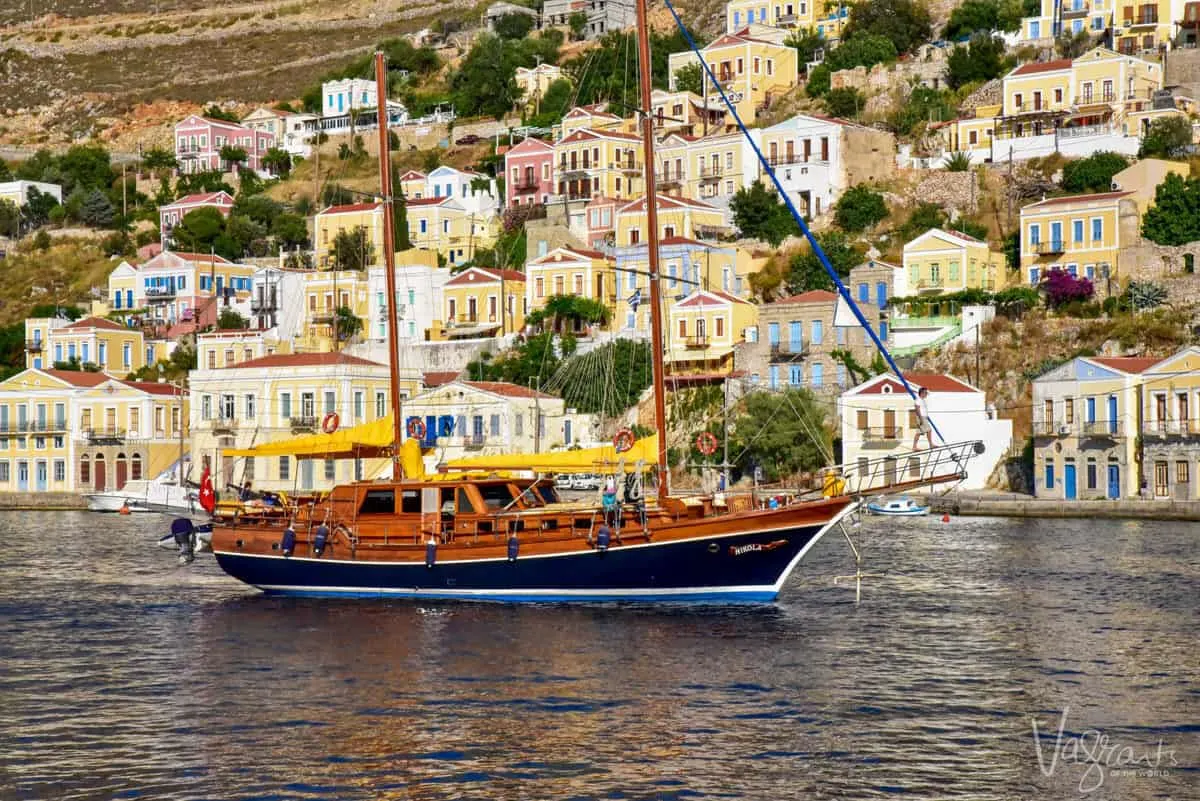
Spring in Europe
Spring in Europe takes place between March and May.
The weather in Europe starts warming up in March. Flowers begin to bloom, offering colourful landscapes of vibrant tulip fields and Europe’s best displays of blossom trees.
Animals also begin to emerge from hibernation and migrate – an excellent time for wildlife enthusiasts to visit Europe. Many don’t know Europe has some of the world’s best wildlife destinations.

No matter where in Europe you decide to visit, spring is a beautiful time of year. For travellers looking to explore the great outdoors, the temperature in Europe in May is perfect.
Spring is excellent for hiking nearly anywhere in Europe, even for coastal destinations in southern countries such as Valencia in Spain. A tour of Croatia in late spring offers beautiful weather without the summer crowds – a very affordable and lovely warm weather escape.
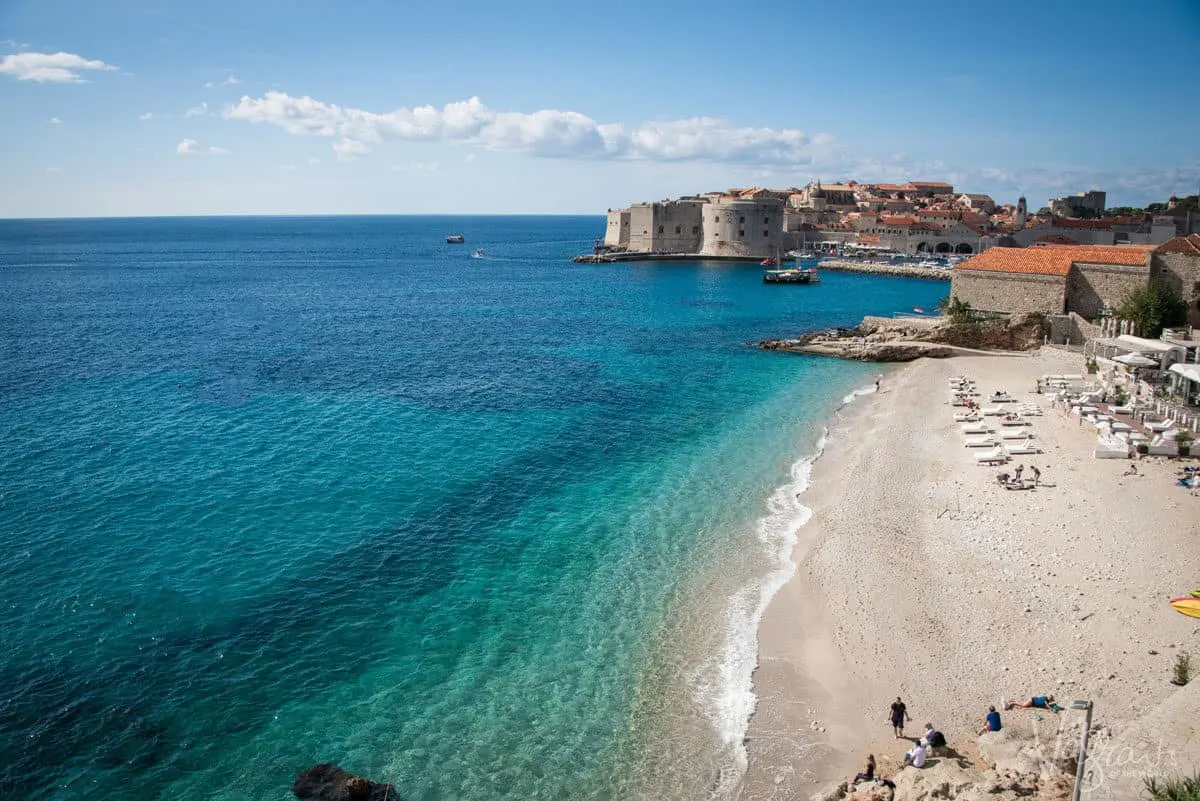
We are great advocates of shoulder season travel in Europe, especially in spring. Spring is a great time to tour the entire continent or settle in to explore just one country. Enjoy an early summer in Southern Europe or welcome the sun’s return in Northern Europe.
Late spring is a lovely time to visit countries such as Norway. It is a time when locals head outside after a long winter to embrace the sun and celebrate unique rituals such as “Utepsils” – the tradition of the first beer drunk alfresco for the season.
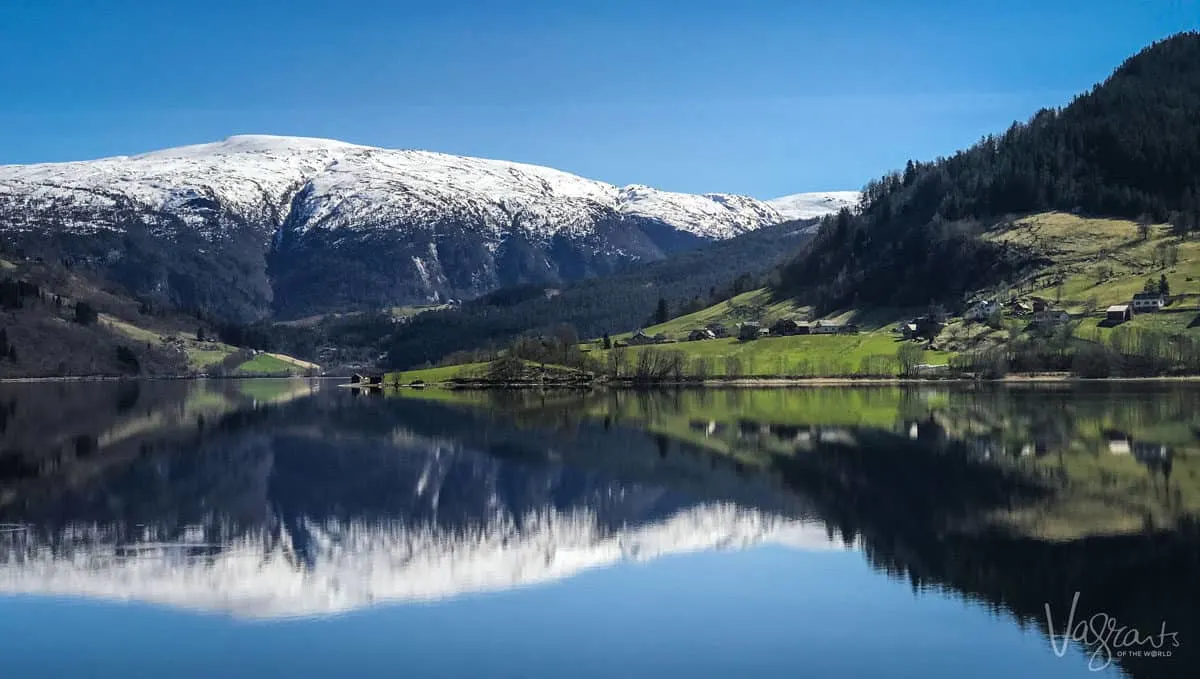
It is also an excellent time to cruise through Norway’s spectacular fjords or a river cruise down some of Europe’s most scenic rivers.
Spring delivers lovely warm weather without the unbearable heat of mid-summer. Perfect weather for sightseeing and outdoor activity. Early to mid-spring will also see fewer crowds at popular tourist attractions than in the peak summer months.
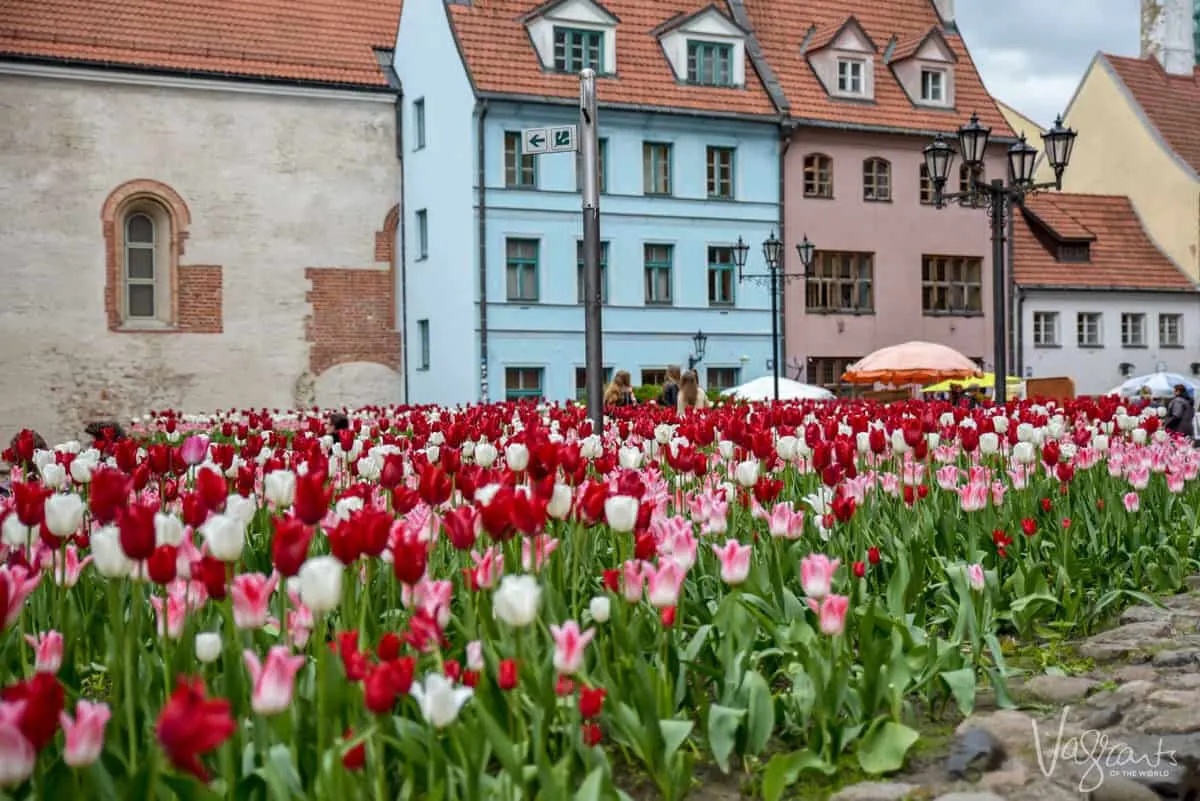
Summer in Europe
Summer in Europe is between June and August and is also the peak season in Europe.
Perfect for travellers looking to spend long days sunbathing on pristine beaches and soaking up Europe’s unique summer vibe.
It is also an excellent season for hiking and sightseeing in northern countries, where summers tend not to be as hot as in the south.
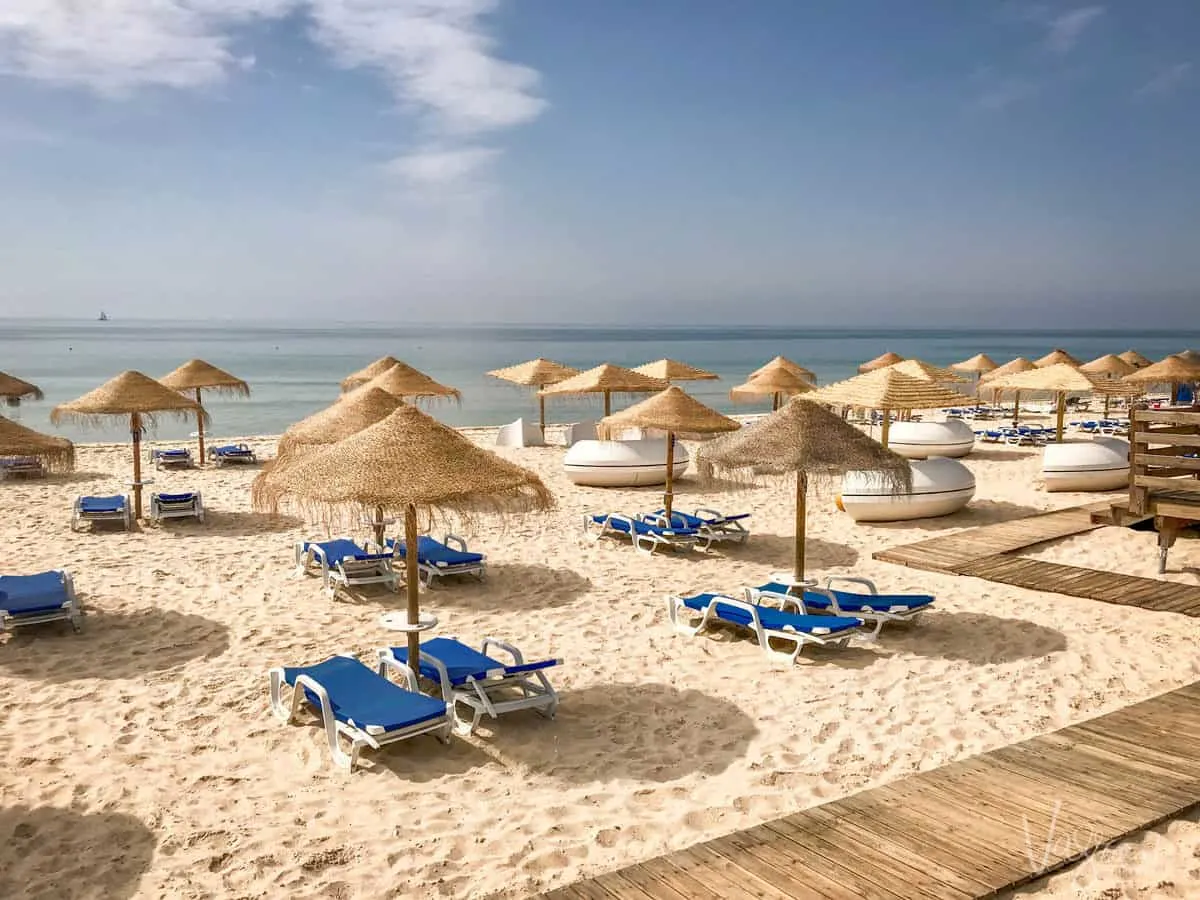
Consider island hopping in Greece, summer in Germany, or a summer holiday in Sardinia. If you want an excellent value for money European summer getaway, try the quaint village of Sozopol in Bulgaria on the Black Sea or stunning Montenegro for a beautiful summer beach escape and budget prices.
Summer is when you can experience the Festival of the White Nights in St Petersburg, Russia or enjoy hiking in the colder climates of Romania’s pristine Transylvania mountains.
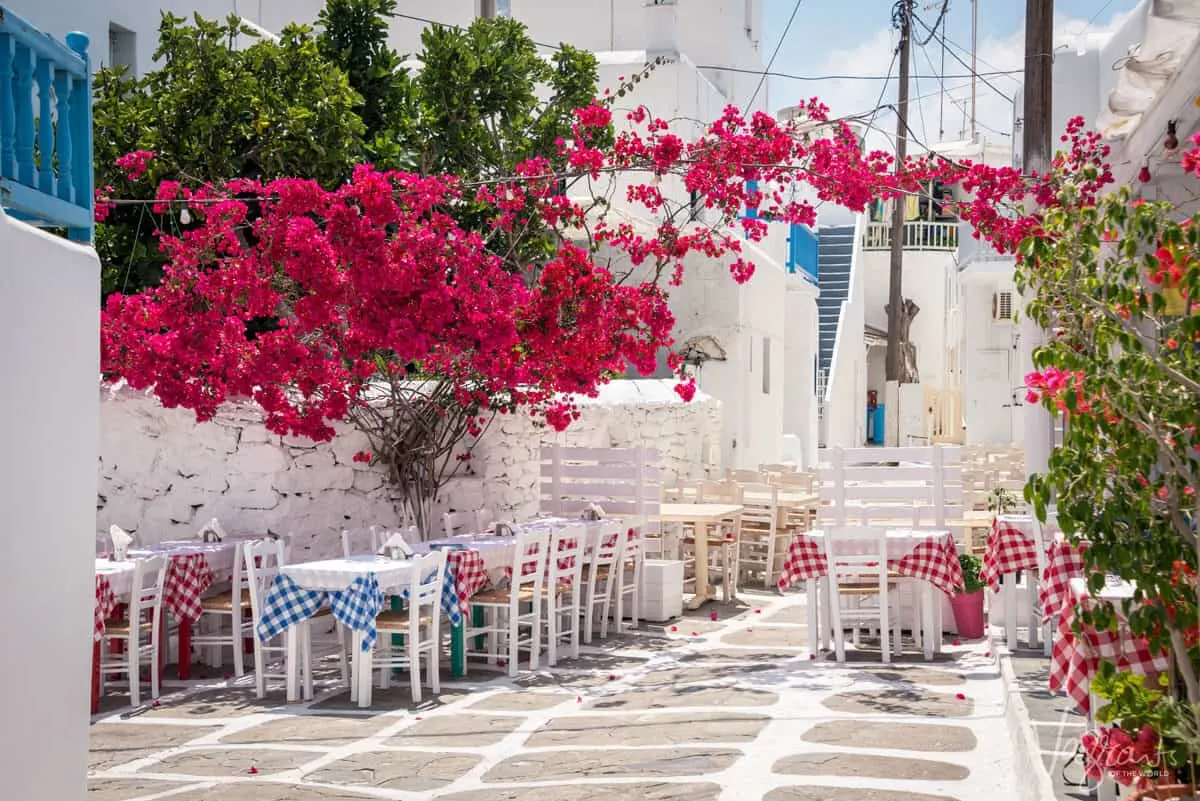
However, remember, summer is peak season in Europe, so expect some popular tourist destinations to be very crowded and some unbearably hot.
It is also one of the most expensive times to visit Europe as accommodation is at a premium and flights can be costly.
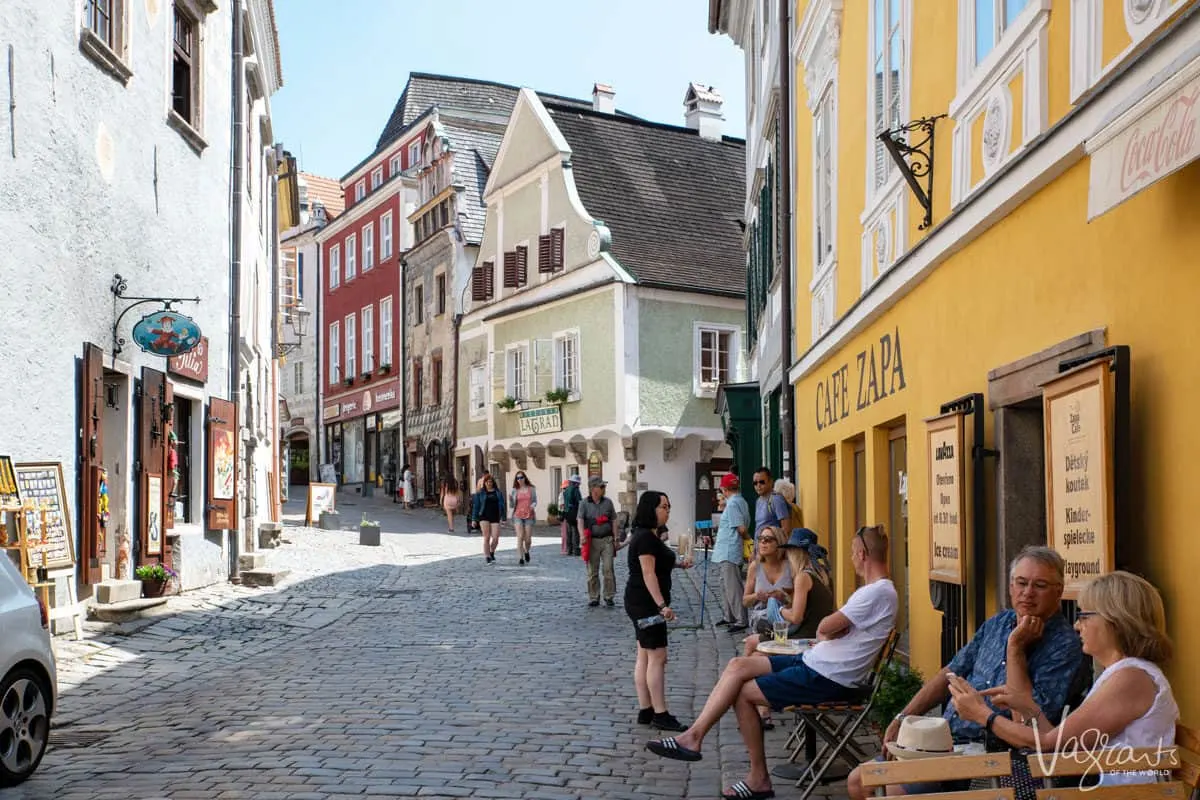
Autumn in Europe
Autumn takes place between September and November in Europe.
Autumn in Europe is a beautiful time of year when the leaves turn brilliant shades of red and orange. October weather in Europe is delightful for travel.
It’s the perfect weather for exploring charming villages such as Liguria in Italy, France’s Pyrenees, or southern Spain’s White Villages.
See first-hand the fascinating architecture in Europe’s cities, such as Porto, one of the best cities to visit in Portugal or Turkey’s mysterious and exotic Istanbul.
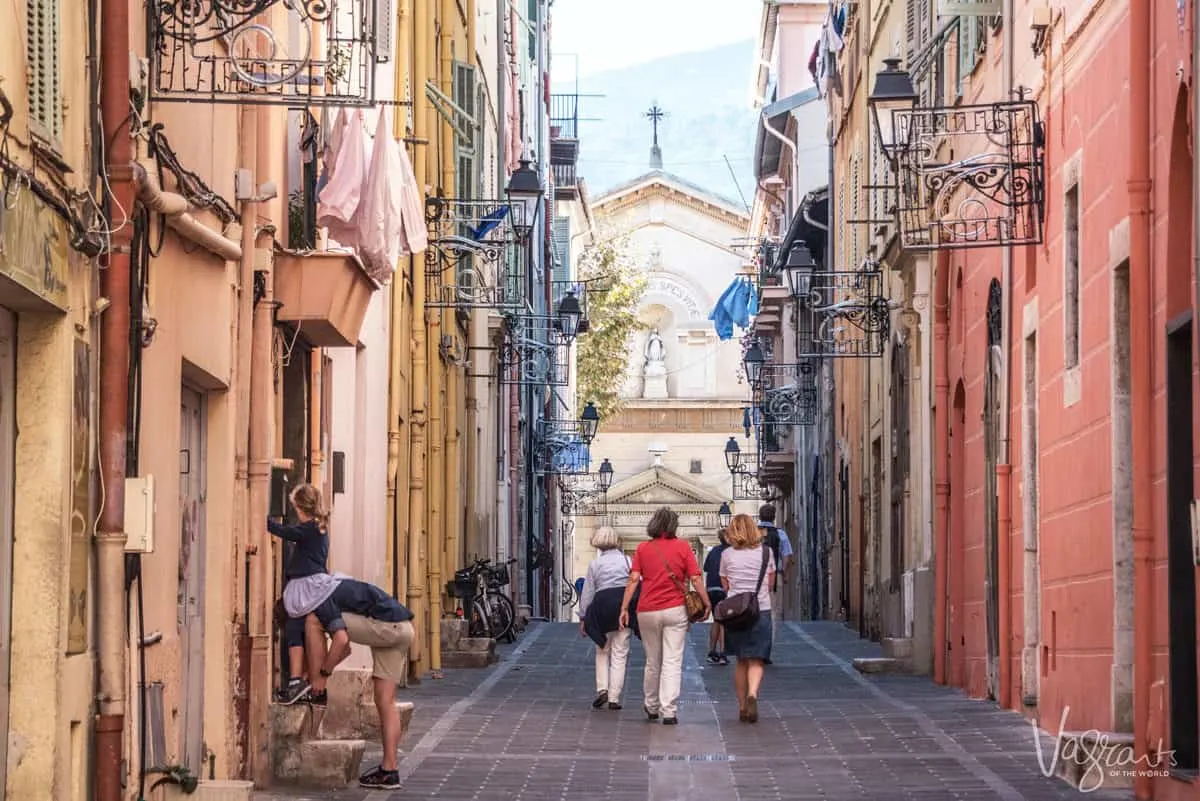
Europe in September is a gorgeous time of year. It is still warm enough for the beach in southern Europe, and the weather and crowds are cooling pleasantly in the north.
Fall is also the harvest time in Europe which presents many fabulous opportunities for food travellers. There are some very exciting food festivals throughout the continent – a perfect time to savour regional specialities and the incredible wines Europe is famous for.

Autumn is also an opportune season to visit countries further north before the severe cold of winter arrives. Taking a trip to Russia, Iceland or Finland can be a unique experience during this time of year.
It’s also important to note that the Northern Lights can be seen as early as September in countries that are a part of the Arctic Circle.
If you’re searching for spectacular photographic opportunities, from the possibility of the Northern Lights to an endless display of fall colours – autumn is a great time to visit Europe.
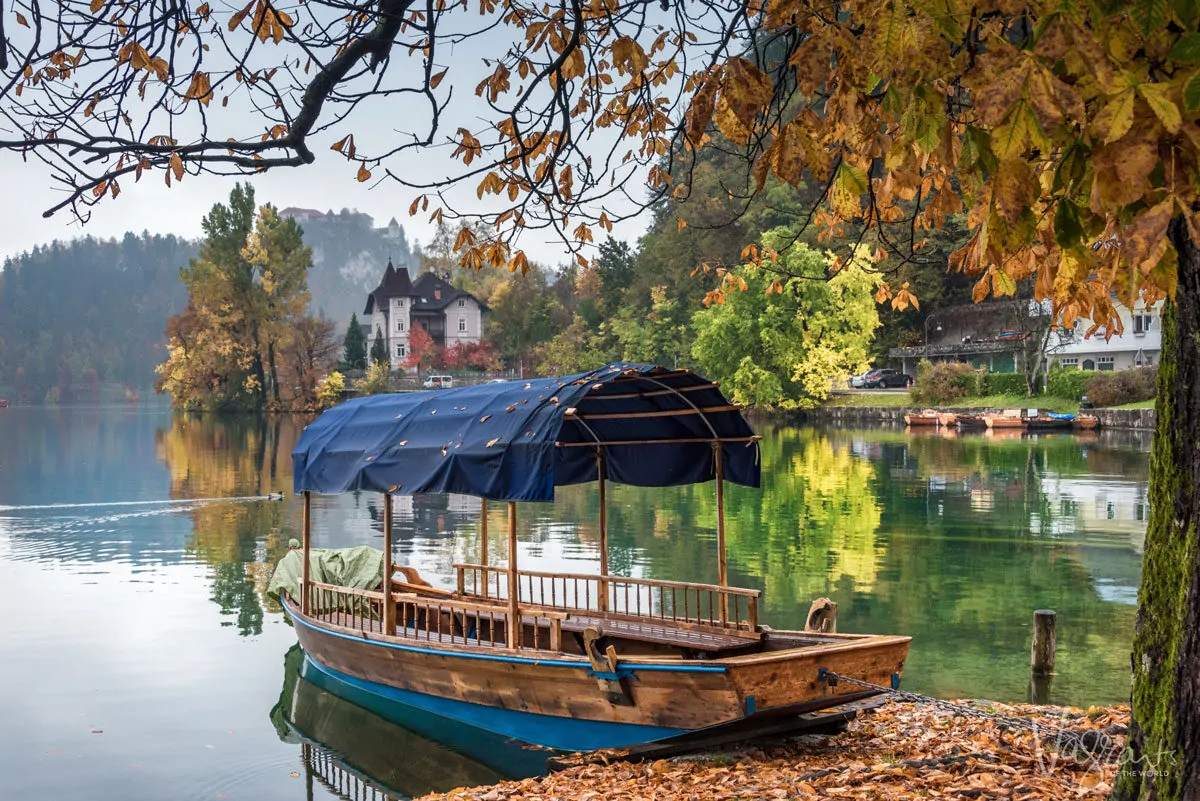
Winter in Europe
Winter takes place between December and February.
While much of Europe transforms into a magical wonderland full of festive activities during the winter, Northern Europe steals the limelight in the colder months.
Visitors turn their attention to snow-dusted Christmas markets and snow sports such as skiing and sledding.

Explore a glacier, hike a snowy peak, ski and snowboard, or enjoy festive shopping at Europe’s most magical Christmas markets. Winter in Europe is filled with excitement and festivities.
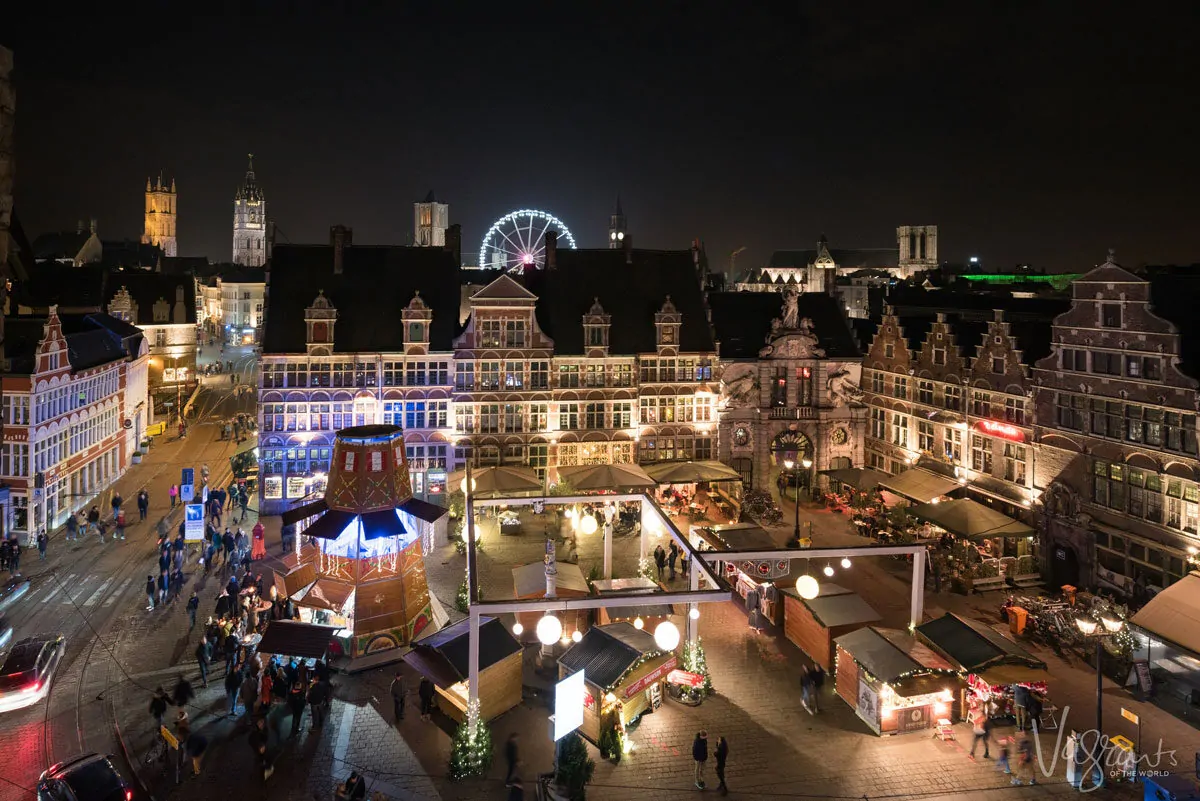
If you happen to be in Europe during the winter months, there is no shortage of magical Christmas markets scattered throughout the continent. December is a wonderful time to visit Europe and a great time to take a Christmas market river cruise to experience the best Christmas markets in Europe.
Early and late winter, either side of Christmas and New Year, are also good times to snag some great travel deals.
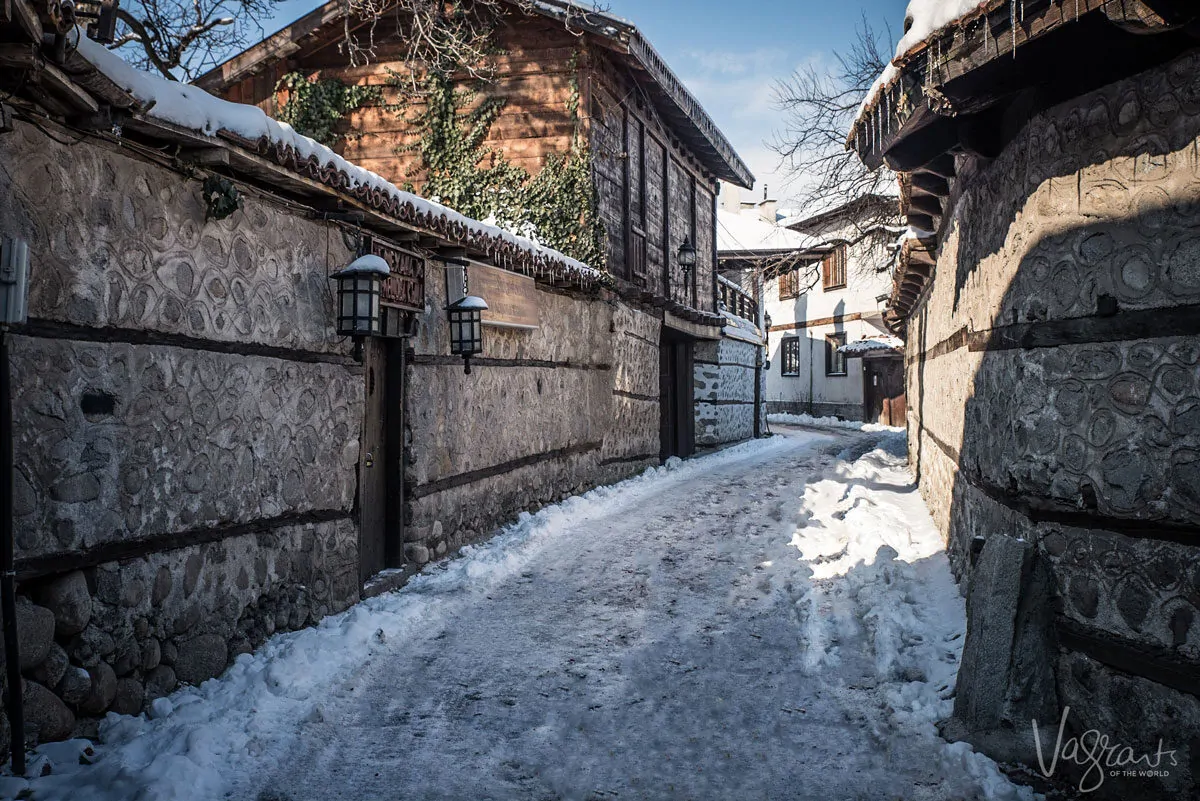
European Winter Sun Escapes
Not all of Europe is transformed into a snow-dusted wonderland come winter. Europe has a surprising number of very temperate winter sun escapes. Head to the south of the continent and southernmost islands for balmy temps of around 17°C (63°F) in the winter months. You can find our list of 9 of the best European winter sun destinations here.
Best Time for Skiing in Europe
The peak season for snowboarding and skiing in Europe is February to March. However, resorts usually start to open their slopes in early November and stay open until around mid-April. In far northern countries such as Finland, ski resorts will remain open as late as June.
If you’re looking for some of the cheapest ski trips, then look around the period just after Christmas. You’ll often find the best ski deal in January, but avoid New Year’s Eve, Christmas Day, and February, when schools are on holiday.

Best Time to Visit Beaches in Europe
The summer season in Europe is by far the best time of year to be spending time on the beaches.
However, a beach holiday in southern Europe in late spring or early autumn is a fabulous idea. The weather can be remarkably warm, beaches are less crowded, and travel and accommodation rates are more reasonable.
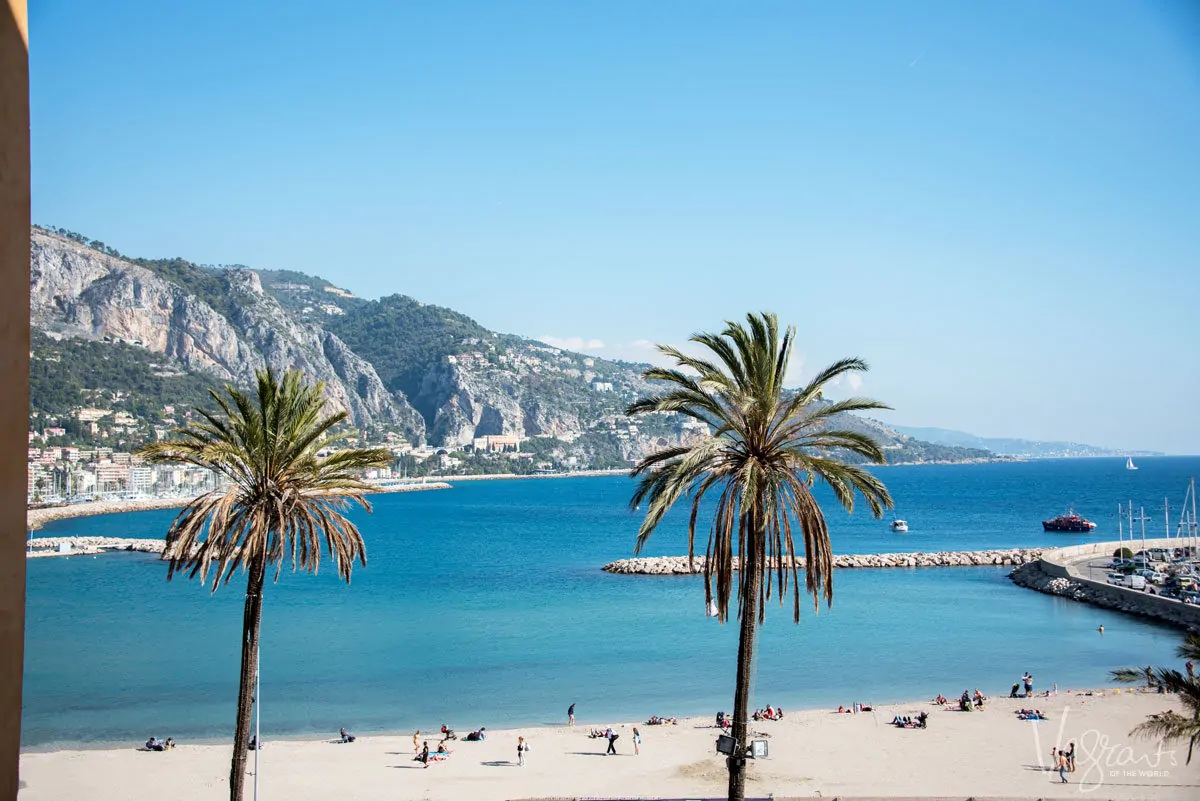
You can find some of the world’s best beaches in countries like Portugal, Greece, Croatia, Italy, Spain, and France. Although, don’t discount northern countries such as Latvia in the Baltic States for a delightful beach getaway with a difference.
Opt for the traditional beach holiday or try something different such as a snorkelling tour in Iceland. You might be surprised at the variety of beach holidays available in Europe.
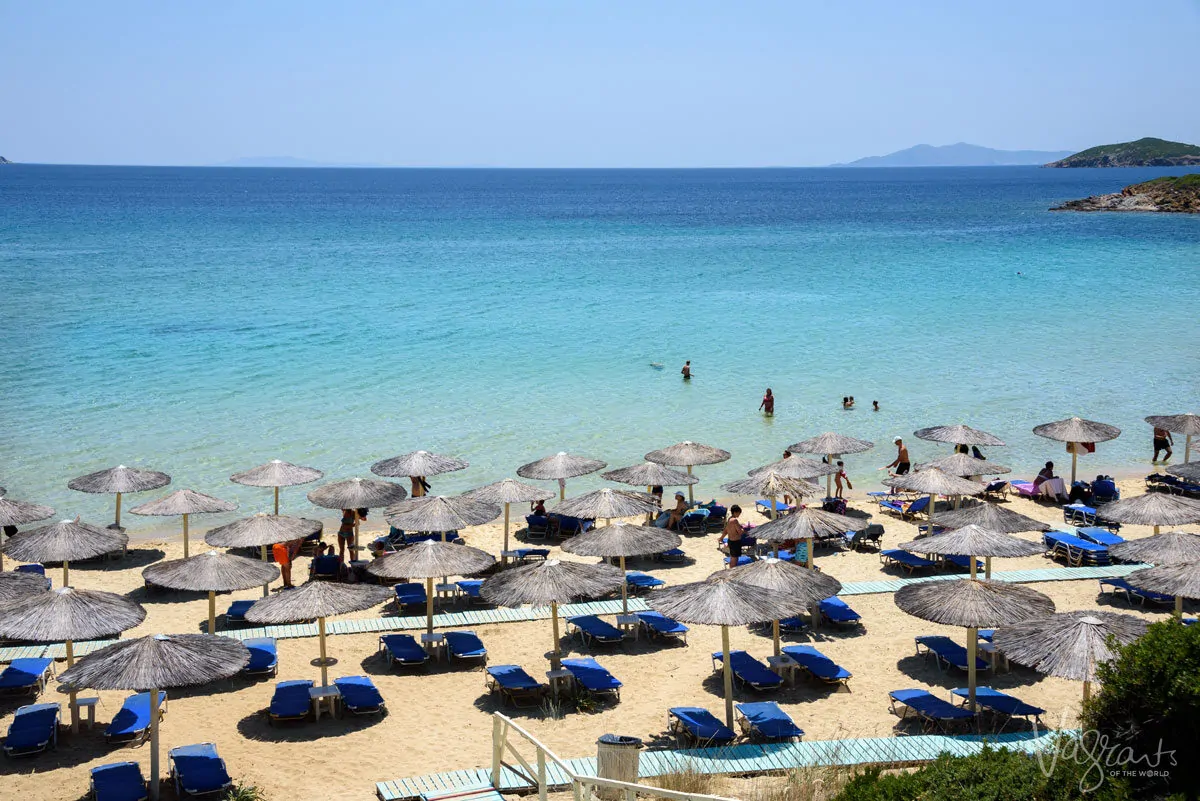
Best Time for Visiting European Cities
The best time for exploring European cities is the shoulder seasons of spring and autumn. The weather is pleasant and not too hot for sightseeing, attractions are less crowded, and you will find some exciting festivals and celebrations during these months. The only time to avoid is Easter as this is a big holiday for Europeans so accommodation can be expensive.
Best Time for Festivals in Europe
With so many unique cultures, there are plenty of festivals throughout the year. Europeans also love to embrace the seasons. Whether heralding the end of winter with spring festivals, harvest festivals in autumn, celebrating the summer months or the magic of winter – there is a festival for you any time of year.
The most magical time to visit Europe would have to be in the winter months when the famous European Christmas markets get underway.
The fairytale atmosphere of the markets with twinkling lights and the smell of cinnamon and nutmeg around every corner can’t be matched anywhere.
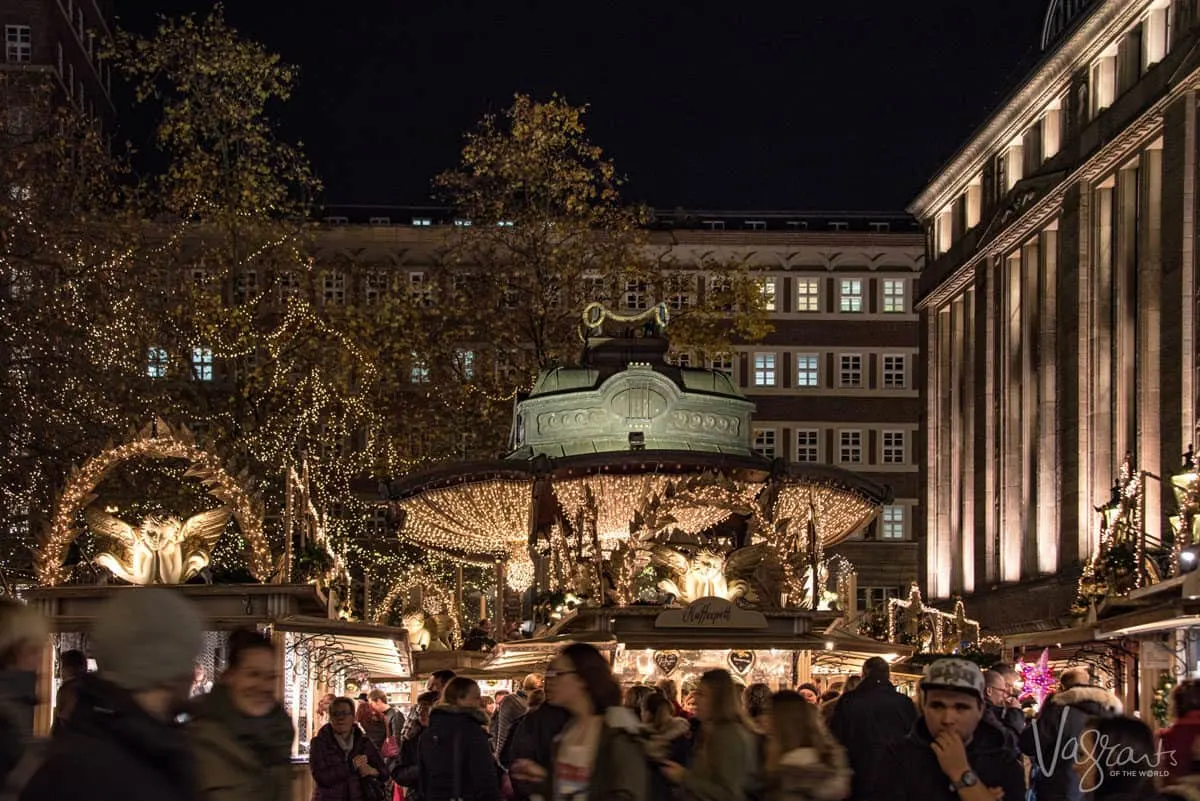
Germany, Austria and Prague are home to some of the best Christmas markets in the world. A festive atmosphere, cosy treats and Christmas joy seem to infect every city, town, and neighbourhood during this time of year.
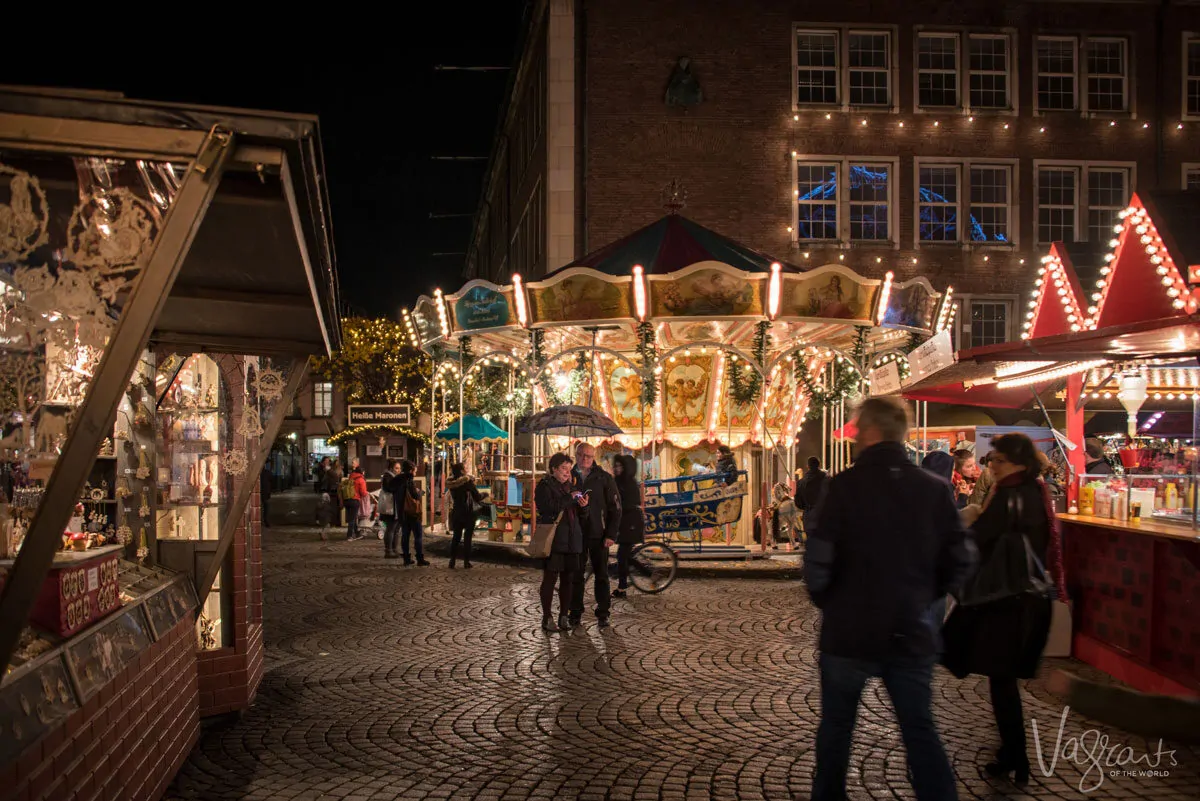
If you’re looking for slightly different festive activities, consider the Tour de France. During the first three weeks of July, ” Le Tour” brings a festive atmosphere to the French countryside and neighbouring countries.
The Tour de France coincides nicely with summer, so it is an excellent opportunity to combine the excitement of the world’s most fantastic bike race with a beach getaway or a sightseeing cruise down the Saône River.
Summer is also the time for Europe’s best music festivals and food festivals, such as Belgium’s food truck festival in Ghent.

In St Petersburg, Russia, the annual White Nights Festival celebrates the long “white nights” when the sun barely dips below the horizon. The city celebrates the extended nights with concerts, balls and festivals.
Munich’s legendary Oktoberfest beer festival, held every year from mid-September to October, is one of the city’s most famous festivals. Tourists come from all over the world to raise a stein or two, or three.
Before the beginning of Lent, usually in February, colourful Carnivale festivals abound throughout Europe, and there is no more famous Carnivale than the Venice Carnivale. A magical display of beautiful costumes, parties, and performances culminating in one final magical candlelit parade of gondolas down the main canal.
Best Time for a European Cruise
Europe is famous for its river cruises and cruises along the Mediterranean and Adriatic coasts. If you are taking a coastal cruise in the southern regions, any time from late spring to early autumn is great (bear in mind, peak summer, July, and August will be more expensive).
If it’s a river cruise, any time of year is excellent. However, spring and autumn are the best for some cruises. Spring and autumn are best for cruises with lots of city and town destinations, such as a cruise on the Danube. Summer is excellent for northern countries such as cruising the fjords of Norway and the Baltics. And, of course, winter is best for the iconic Christmas Market cruises.
Best Time to Visit Europe for a Honeymoon
If you’re planning a honeymoon, then the best time to go to Europe for a honeymoon is anytime. Europe is a remarkably romantic continent. It all depends on the type of honeymoon holiday you’d like.

We recommend visiting during the shoulder seasons, as you’ll enjoy mild weather, fewer crowds, and discounted prices throughout the continent. However, cosying up with your significant other next to a warm fireplace while the snow falls outside is also a perfect winter honeymoon in Europe.
A honeymoon road trip is a great way to make the most of Europe’s fantastic summertime sightseeing opportunities. Rent a car in Croatia, and take a romantic road trip along the Adriatic coast.
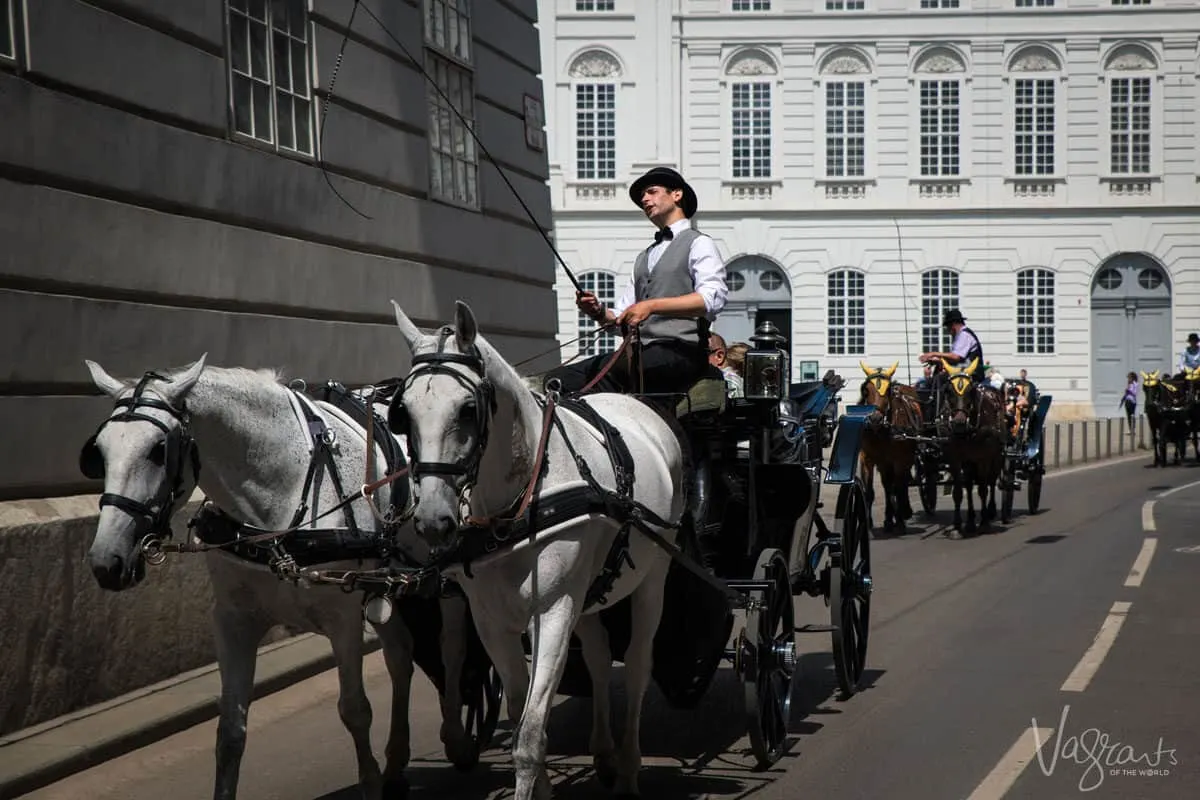
Of course, Paris, one of the most romantic cities in the world, is the honeymoon destination of choice for so many newlyweds.
Although, we recommend avoiding the peak summer months for your romantic Paris sojourn. The same for Europe’s other romantic cities such as Vienna, Rome, and Venice.
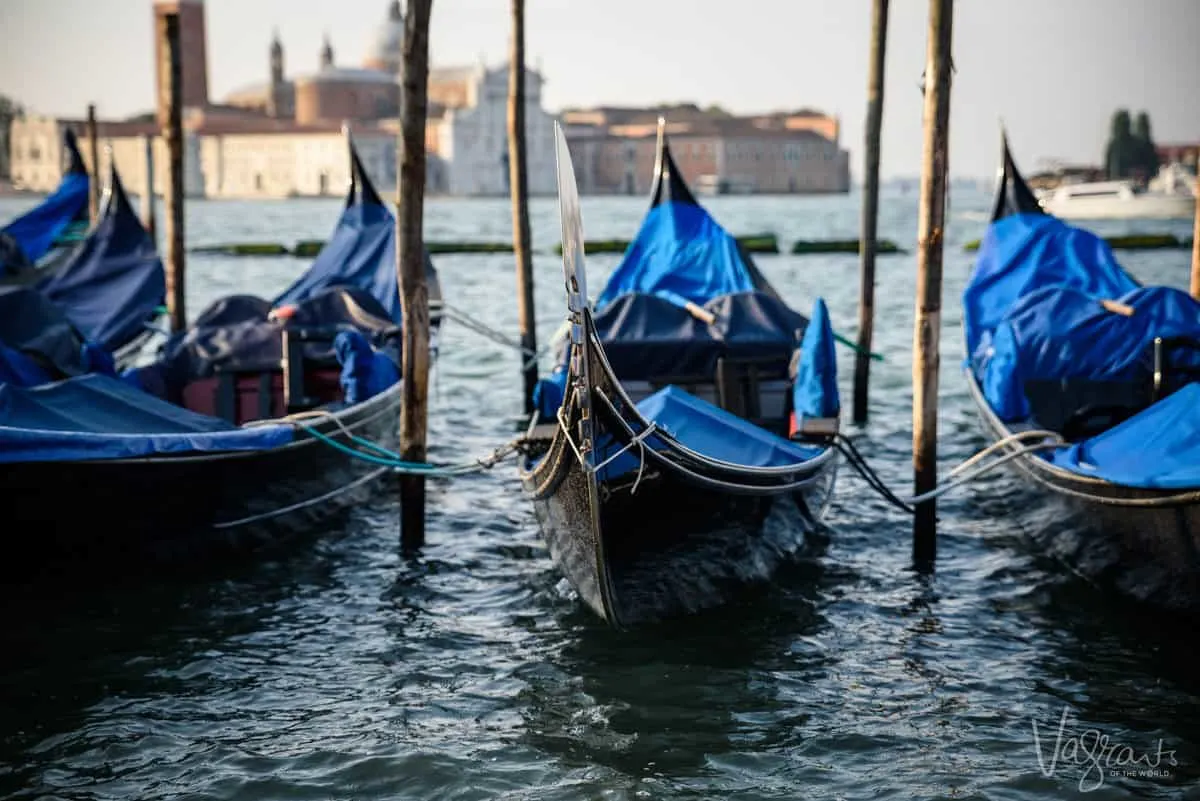
Best Time in Europe to Avoid Crowds
If you want to enjoy Europe without the crowds, pick the low seasons of November, January and February. January and February will be busy at popular snow destinations, but the rest of Europe should be relatively quiet.
There are pros and cons to these months. The weather will be cold and possibly wet, and attractions and restaurants in seasonal destinations may be closed. There are some great discounts on flights and accommodation on the plus side. It’s a lovely time to explore popular cities without crowds, and you may even find the weather in the southern countries quite pleasant. It’s not unusual to have days warm enough to visit the beach in winter in the south.
Final Thoughts on When to Visit Europe
Now that you know when the best time for you to visit Europe is, you can start planning the ultimate European trip.
Whether you decide to brave the cold to experience Europe’s magical winter or soak up the summer sun on a beach-hopping tour of southern Europe, few places in the world are as beautiful and diverse as Europe.
